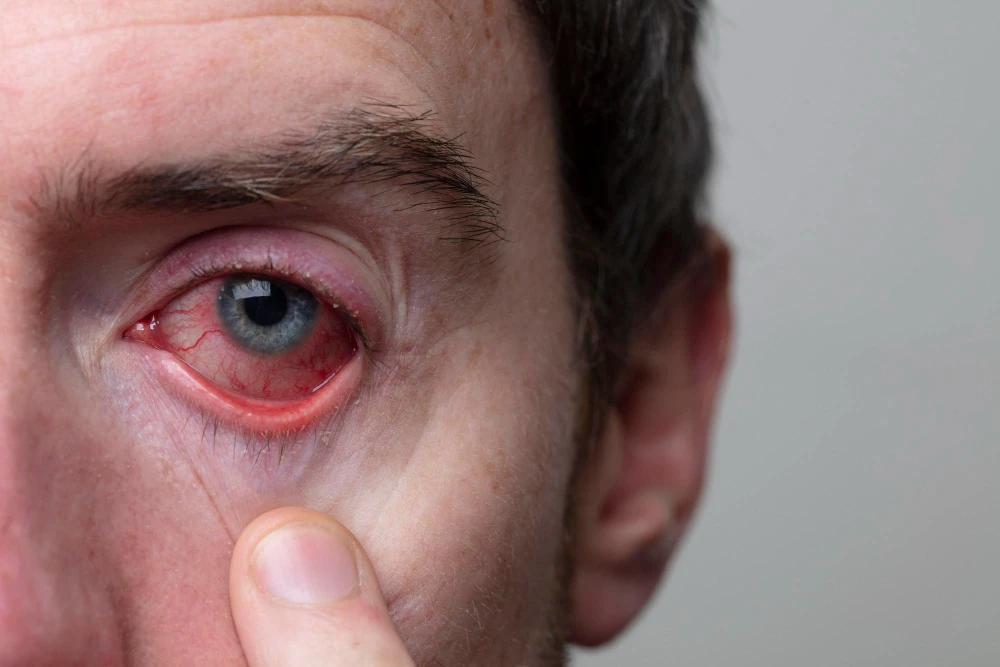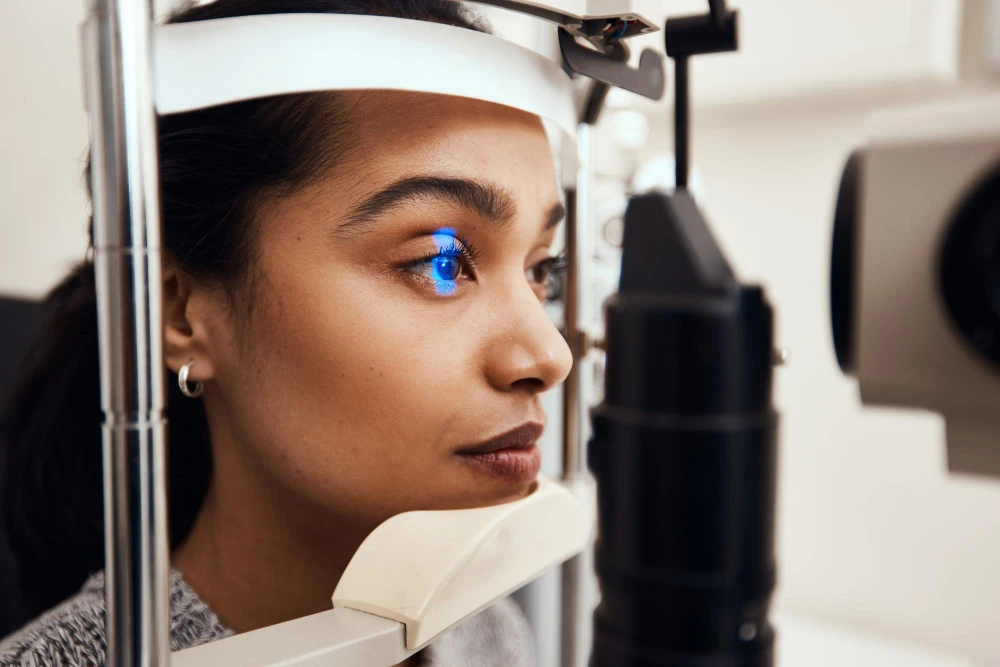Our eyes are sensitive and invaluable parts of the body that allow us to see the world. With time, age, and environmental factors, people experience different types of eye problems. Some people experience minor eye conditions, and some experience major ones.
In minor eye problems, it goes away with time or easy remedies and medication at home. But some eye problems are serious that need an eye specialist examination. With the help of an eye examination, you can know the reason for your eye problem and treatment to get back on track. Thus, if you’re experiencing some problem with your eyes, it is time to know more about eye problems. With the help of medications, contact lenses, eyeglasses, or surgeries, you can fix the damage to your eye.
In this blog, you’ll learn the top causes of eye problems that will help you in knowing your eye condition. So, let’s dive in!
Eye Strain
This one is well known to anyone who reads all the time, works at a computer, or drives long distances. That’s what comes when you overwork your eyes. Like most other parts of your body, they sometimes get tired and have to rest.
If your eyes need rest, let them have some. But if they still feel tired after a few days, visit the doctor again to see what it is. Eye strain left untreated can cause many eye problems that will affect the vision.

Night Blindness
Can you still see it at night, how about driving? Are you always bumping into stuff in dark places? That sounds like night blindness.
This is not the problem itself; it’s a symptom. Another kind is caused by nearsightedness, cataracts, keratoconus, or a shortage of vitamin A. All these can be treated by doctors.
It may be hereditary or emerge due to a retinal degenerative disease, but the latter is usually not treatable. If you don’t, you must be extremely careful when in low-light areas. To manage your night blindness, it is always better to seek eye disease management that will help you in dealing with symptoms.
Color Blindness
If you cannot see some colors or can’t distinguish between them (usually reds and greens), then it is possible that you are color blind. When you are missing color vision cells or when they don’t function properly, that could be the reason.
When it is worse, you cannot see black or white at all but only shades of gray. While most who have it are born with the illness, you can also contract it from certain drugs and diseases later in life. Ask your doctor to examine your condition.
It can be detected with a simple test by your eye doctor. You can’t treat it if you are born with it, but special contacts and glasses enable some people to differentiate between colors.
Uveitis
Uveitis is a disease characterized by inflammation in the uvea. The layer just mentioned is the middle region of the eye, where most of the blood vessels are located.
Uveitis can blind people by killing the eye tissue or causing the loss of an eye. It can be had by people of all ages. Symptoms may be short-lived or long-term illnesses.
Patients with immune-related disorders, such as AIDS, rheumatoid arthritis, or ulcerative colitis, may be at higher risk of developing uveitis. In this situation, a person may experience pain, redness, sensitivity, or blurred vision. If these symptoms don’t clear up in a few days, you need proper treatment according to the severity.
Excess Tearing
If you are sensitive to light, wind, or temperature change and experience excessive tearing, there is an eye problem. Cover your eyes or wear sunglasses to avoid direct exposure.
However, tearing may also indicate a more serious problem, such as an eye infection or blocked tear duct.
Floaters
These are little dots that drift in your line of sight. But most people are only conscious of them in brightly lit rooms or outdoors on a sunny day.
While floaters are often normal, they can also be indicative of a more serious eye condition such as retinal detachment. Then, the retina, which is at the back of your eye, detaches from another layer. But when this does occur, it is often accompanied by flashes of light. The floaters may gradually fade away or be joined by a dark shadow across your peripheral vision.
Any sudden changes in the nature or quantity of spots and flashes of your peripheral vision require immediate medical attention. The eyes are a sensitive part of the body that always needs extra care to save it from different eye problems. Thus, if you’re experiencing any symptoms, it is time to get an eye examination from Vision Gallery to seek immediate help.
Conjunctivitis (Pink Eye)
Pink eye, more commonly known as conjunctivitis, is one of the popular eye diseases. Causes of conjunctivitis include:
- Fungi
- Viruses
- Bacteria
- Allergens
- Toxins
- Allergies
Sometimes, the conjunctivitis will resolve itself. Meanwhile, there is always a cool compress and artificial tears to help alleviate irritation. If you’re suffering pain, increasing symptoms, sensitivity to light, and blurry vision, give a visit to the eye doctor. These are all warning signs of ophthalmological problems.
The Bottom Line
Maintaining good eye health is equally important as maintaining good physical health. When your eye gets the care that is actually needed, it will provide you clarity and better vision for a long time. Hopefully, after knowing the causes of eye problems, you want to have a detailed eye examination to treat your current symptoms. For complete examination, you need an eye specialist who can provide you with the best possible solution for your eye problem. To book your appointment with our skillful eye expert, call us at 281-377-0219.



